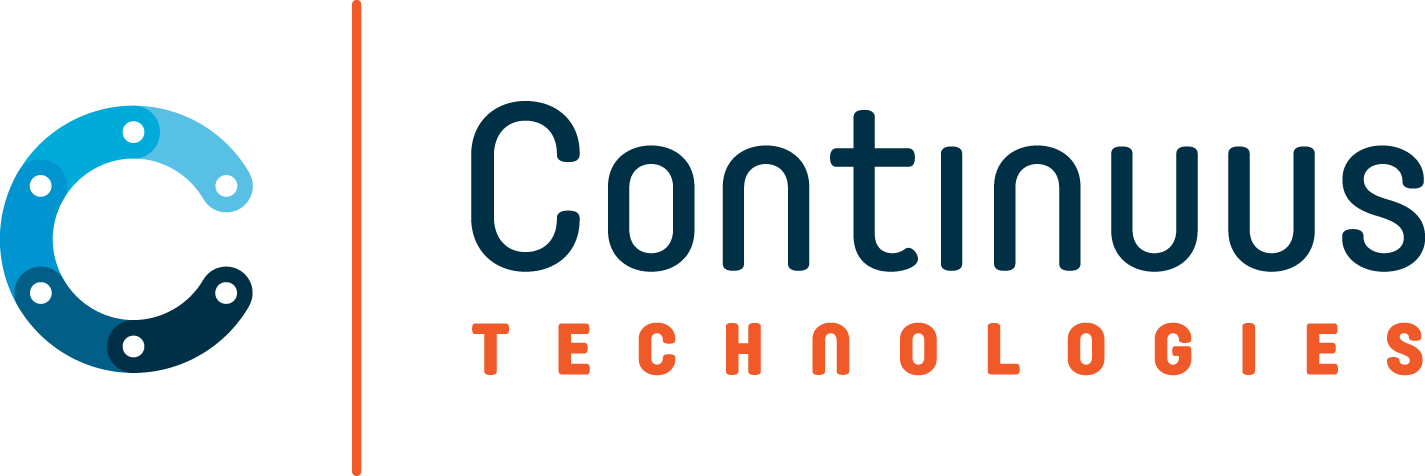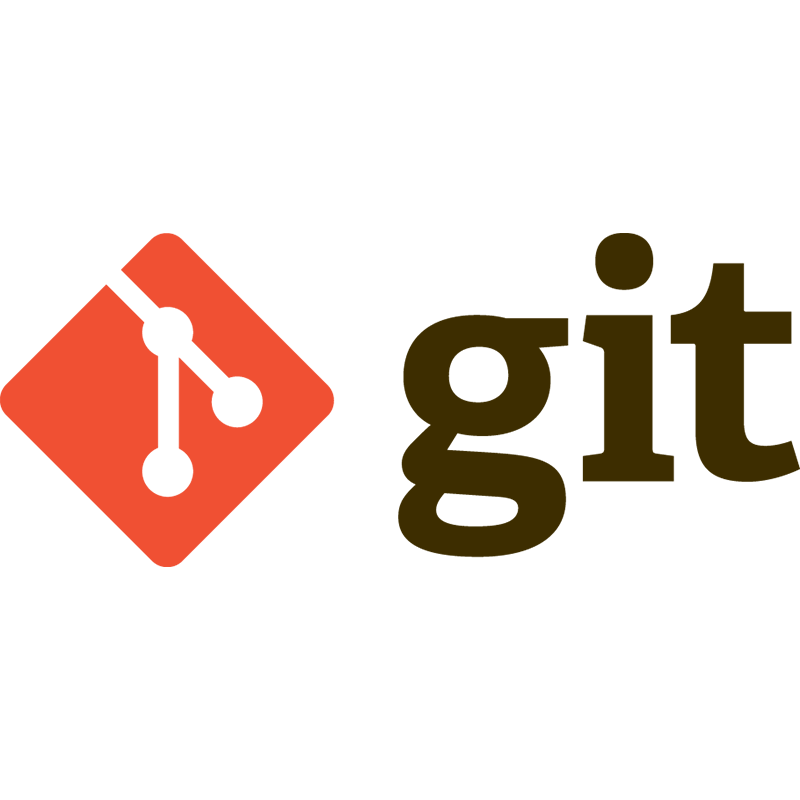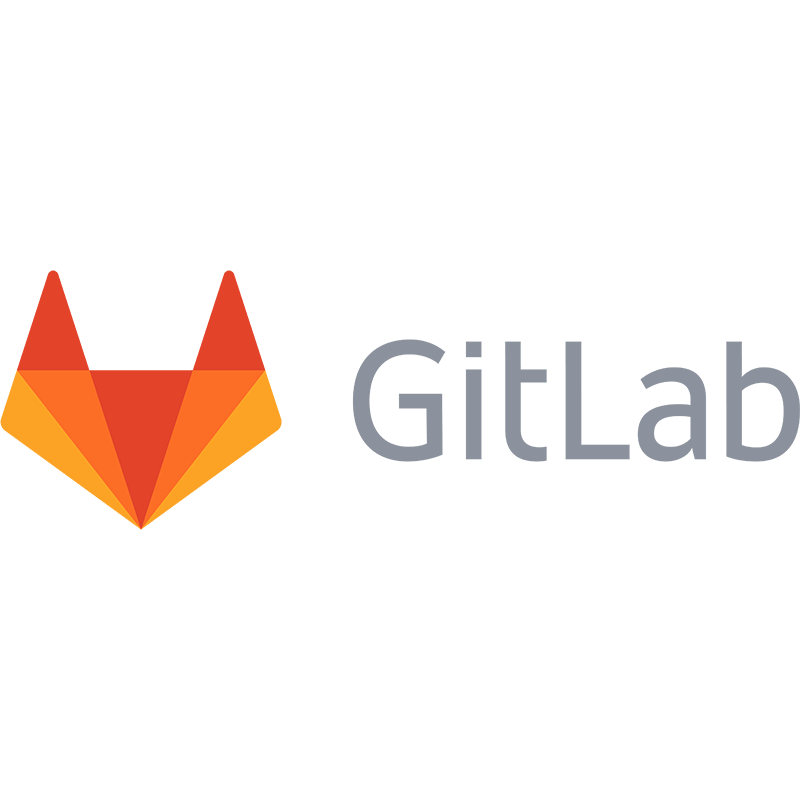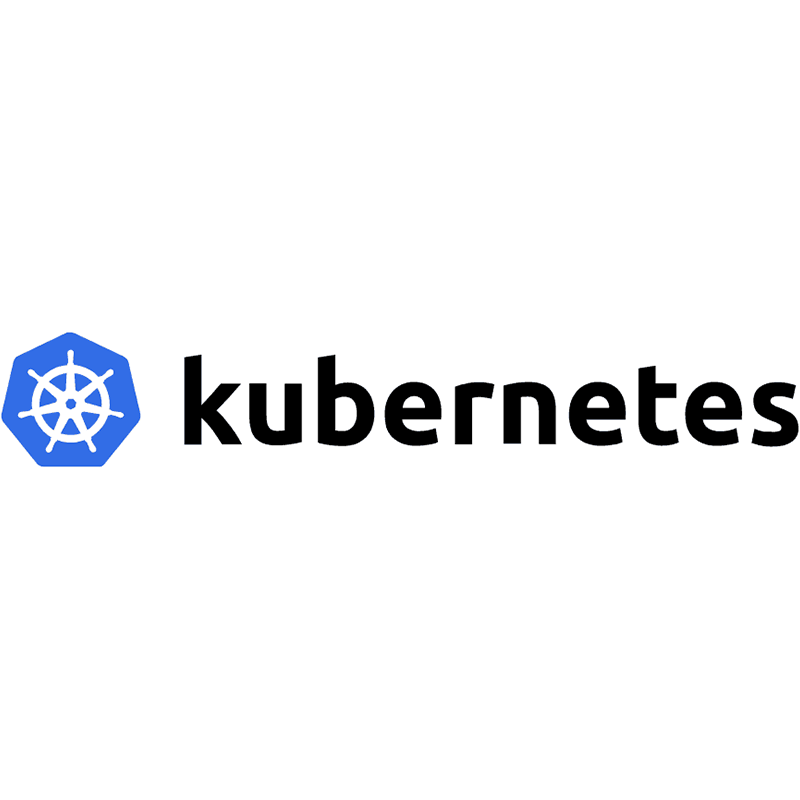
DATA ENGINEERING AND DEVOPS
Data Engineering and DevOps work together to enable organizations to deliver software faster, with greater reliability, and at a lower risk. By promoting collaboration, communication, and continuous improvement, DevOps helps organizations to stay competitive.
Data Engineering
Data engineering is a form of software engineering that delves into designing and building pipelines and integrations that transform data into a usable state for end users. A data engineer must excel at creating the “plumbing” for systems to be integrated and to make the data useable. This could be a combination of data pipelines, integration, API calls, or even software to accomplish this goal.
DevOps
DevOps is a set of practices that brings together the development and operations teams in an organization to work together closely throughout the software development life cycle. The goal of DevOps is to increase the speed, efficiency, and quality of software delivery, while also improving collaboration and communication between teams.
DevOps is typically implemented with automation tools, but it isn’t just about automation. It is also about fostering a culture of continuous improvement and learning based on collaboration and communication.
Our Data Engineering and DevOps team supports our clients through successful project and implementation roadmaps, from start to finish. Their capabilities range from data ingestion, data warehousing, data transformation, and data governance, to CI/CD, configuration management, monitoring and logging, and containerization and organization, and beyond.
Common Pain Points
Together, Data Engineering and DevOps enable organizations to deliver software faster, with greater reliability, and at a lower risk by addressing the following issues:
-
Without DevOps, software delivery can be slow and cumbersome, with manual processes for testing, deployment, and release. This can lead to delays in delivering new features or updates, which can be a competitive disadvantage.
-
In organizations without DevOps, development and operations teams may work in silos and have limited communication and collaboration. This can lead to misunderstandings, miscommunications, and delays in development.
-
Manual processes for software development, testing, and deployment can be error-prone and time-consuming, especially if the deployments aren’t frequent. This can lead to quality issues and slow software delivery.
-
Without DevOps, organizations may have limited visibility into the software development pipeline, making it difficult to identify bottlenecks or inefficiencies. This can lead to delays in software delivery and decreased overall efficiency.
-
In the absence of automated testing and deployment, organizations may be more likely to release software with bugs or defects. This can lead to costly downtime, customer dissatisfaction, and reputational damage.
-
Without DevOps, organizations may be slower to respond to changing market demands or customer needs. This can make it difficult to stay competitive in a fast-paced digital environment.
Added Value
Faster Time to Market
DevOps helps organizations to release new features and updates more quickly and with greater reliability. CI/CD pipelines reduce the time between code changes and deployment, allowing teams to respond more quickly to changing requirements.
Reduced Risk
By automating the build and deployment pipelines, and implementing continuous testing and monitoring, DevOps reduces the risk of errors or defects in software releases. This helps organizations to avoid downtime and reputational damage.
Continuous Improvement
Following the DevOps principles of continuous improvement and learning, teams can regularly measure and monitor software performance to identify areas for improvement and make iterative changes to the development process. This more efficient and effective development process leads to higher quality software.
Improved Communication and Collaboration
DevOps promotes collaboration and communication between teams, working to break down silos and improve overall efficiency. This collaboration leads to greater understanding and empathy between the teams, and ultimately results in higher quality, efficient processes.
Roadmap to Success
Define project scope, objectives, and team
↓
Design the architecture, choose the technology stack, and set up the infrastructure
↓
Develop the code and pipelines, test, and validate
↓
Deploy and release
↓
Maintain and optimize
↓
Document and communicate

















